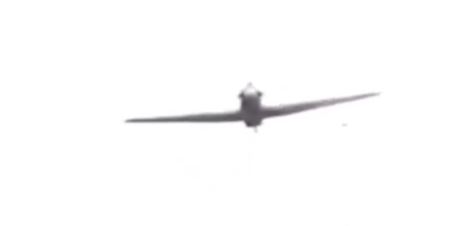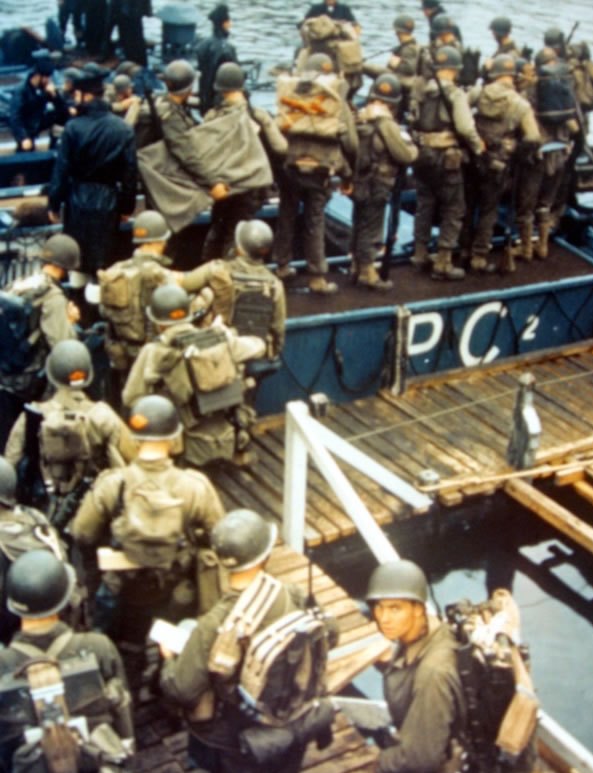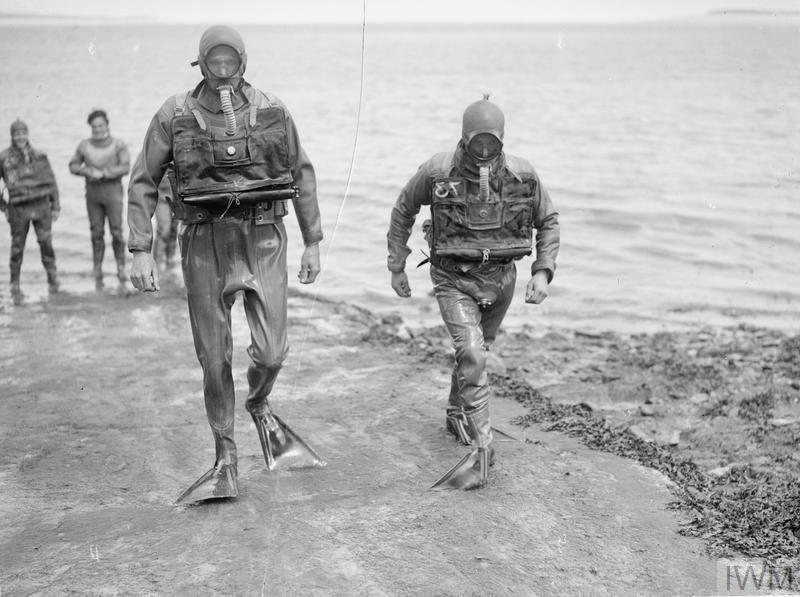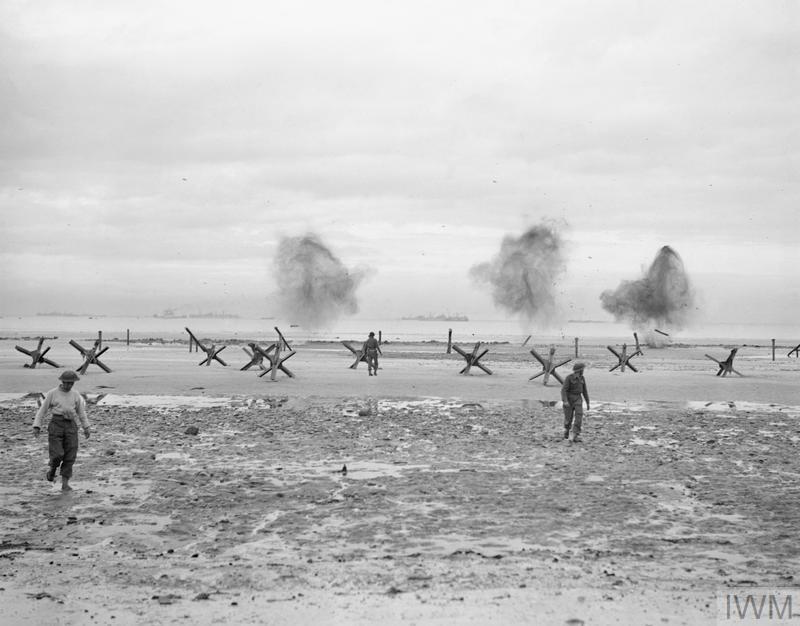
A WW2 Combined Operations beach assault. This 2 min film has been doing the rounds for a while, described variously as Exercise Fabius (1944), Commando training and even Dieppe (1942). In fact it's none of those - it appears to be @RAF_Regiment training in 1943. 📽️ Unknown
I've tried to find this film in various places, but haven't yet found its original source or context. But there are numerous clues as to its location. Beach hardening mats, and in the background, the unmistakable pier of an embarkation hard. 

In the film, several piers/dolphins are visible, and combined with the tree lined hill just inland, this is definitely Stokes Bay in Gosport. But, looking west, there's no evidence of Mulberry Phoenix construction which began in December 1943. 

Impressive flying, but look at LCT 707. She was launched in 1943, so it can't be earlier than that. Look closely though, these lines are for her camouflage pattern, so she's getting ready for a new paint job. This is probably the latter half of 1943. 

Beagle, about to mow down the cameraman. I don't know what this is, and I'm not sure I want to. But Bassett, is marked RAF, so we start getting some clues about the units. 



There's definitely a Hurricane flying about, and I think a Mustang as well. They appear to be firing in a few frames, so possibly blank ammunition? 



The Royal Navy are making this a bit more realistic as well. At 6 seconds, this chap throws a flash bang or smoke cartridge across the path of the men disembarking. Various other smoke cartridges are seen detonating throughout the clip. 

You can just make out the grid pattern of the concrete beach hardening mats under the shingle - these are a staple of the embarkation hards, which made it easy for tanks to cross the beach to embark in landing craft. They're cheating a bit by landing here.
https://twitter.com/rgpoulussen/status/1366148263045382150
This is the closest match to the film I've found, although it's a different event and location. Similar kit though - including the 2 pounders. It's this and the armoured cars that make me think it's most likely the RAF Regiment in the original clip.
If anyone does know the source of the original clip, or any more about it, I'd love to know. Some additional scenes, but not all of it, can be seen in this video and again reinforces the RAF Regiment connection.
If you'd like to see more of Stokes Bay, in colour, being used for D-Day embarkation, you can see footage here.
https://twitter.com/SeaSpitfires/status/1079013614751752192
• • •
Missing some Tweet in this thread? You can try to
force a refresh




















